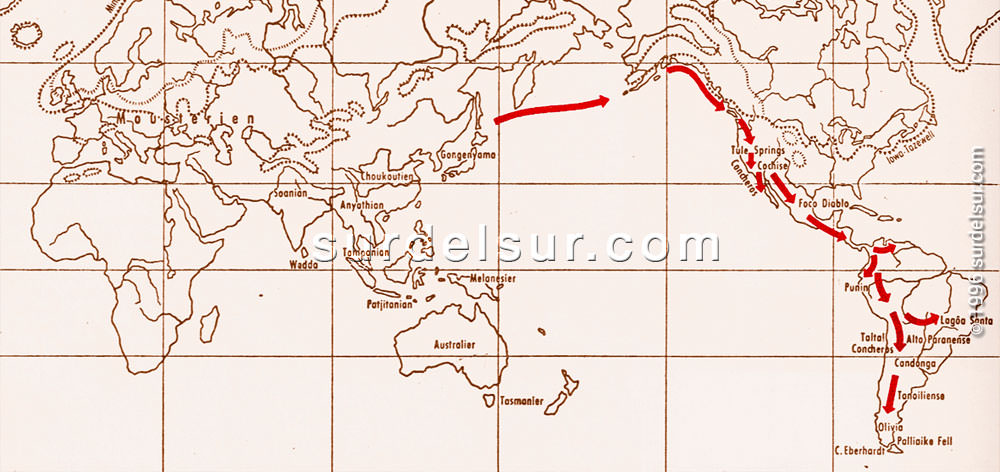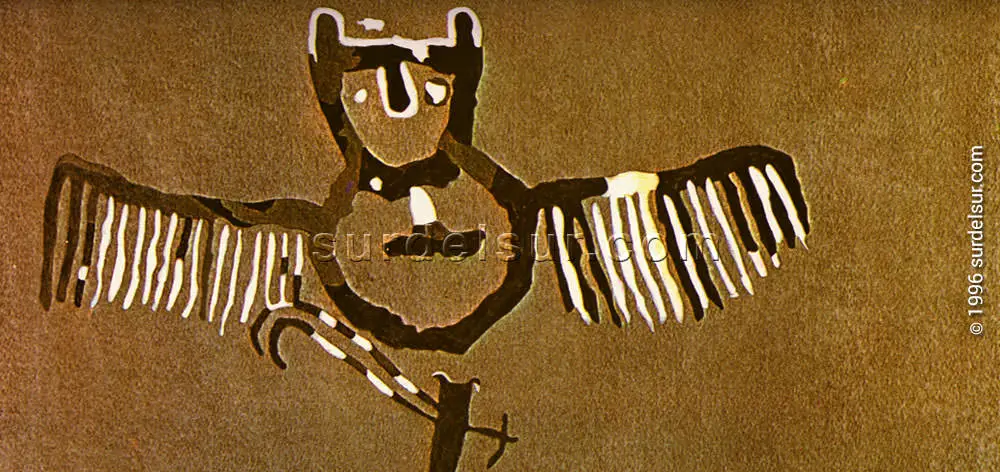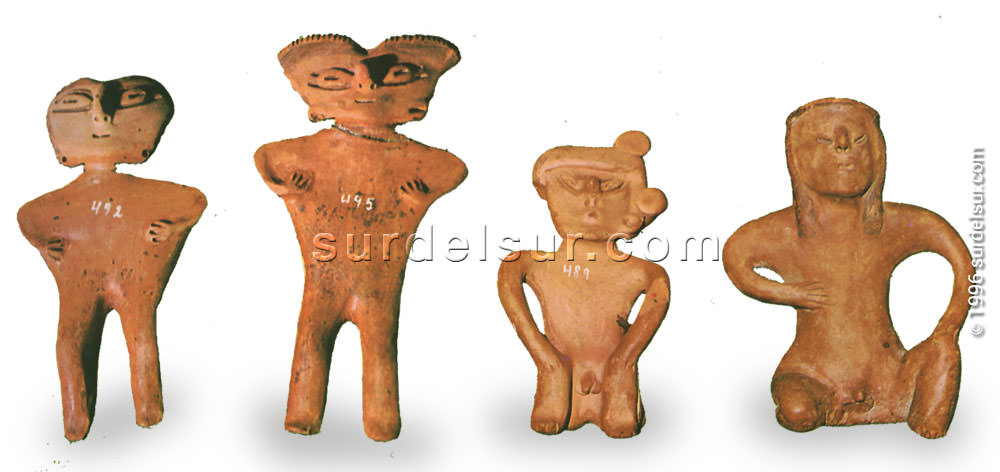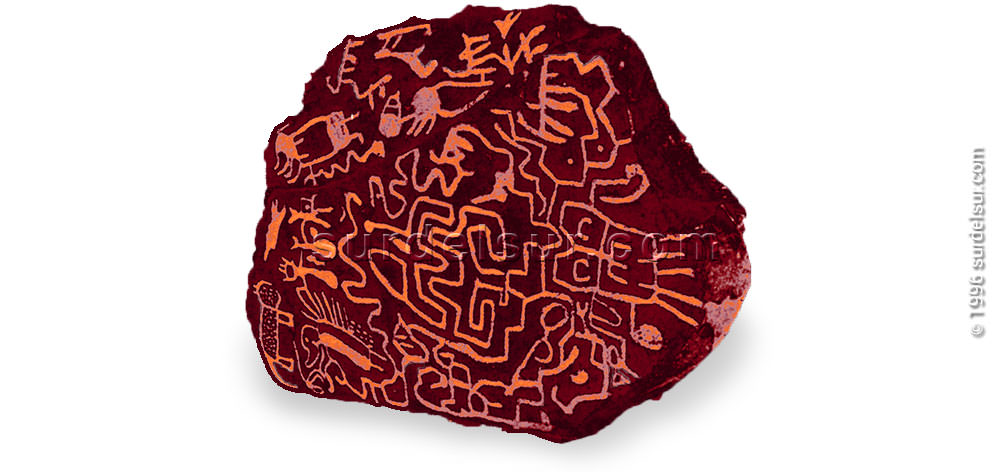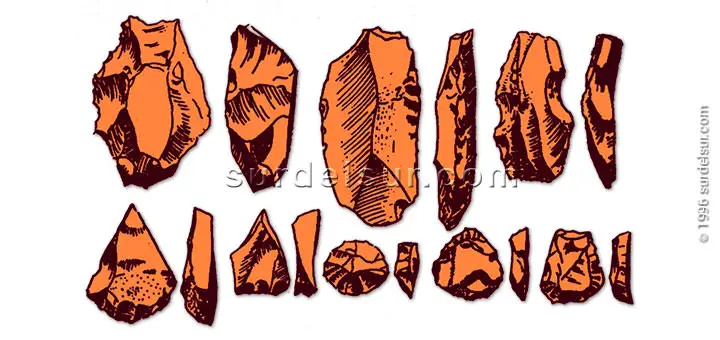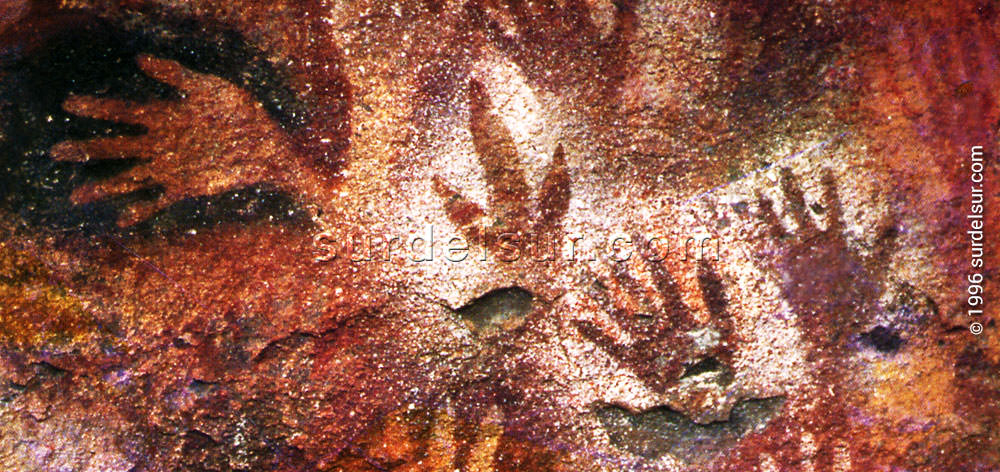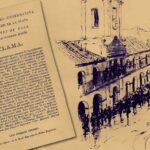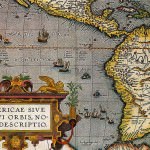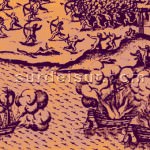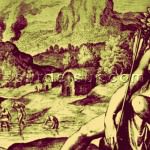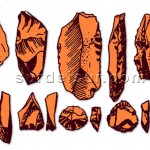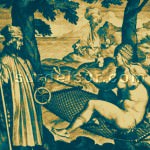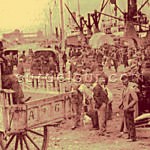Along time ago, thousands of years back in the past, hunting tribes arrived from the north of the American continent in search of a land to settle down. When they found it, they did not imagine they were laying the foundations of a country that would eventually be named Argentina.
The first settlers in Argentina, could be classified into three main types: the huárpidos, the láguidos and patagónidos, which would be identified as the three cores that participated in the country’s population.
There are traces of human presence on our territory that had belonged to the Paleolithic, Mesolithic and Neolithic. Among the most ancient remains, are the sites that date back 8000 years. These are located in the central highlands and in Patagonia. Meanwhile in the south end and Fuegian channels, the plain, the coast and the Mesopotamia, the first settlers reach about 6000 years old.
Mountain Region
The first settlers of Argentina, prehistoric inhabitants of mountainous areas, had a predilection for shelter in caves and grottos.
The oldest human traces found in mountains of the Argentine territory were discovered in Ayamapitín, Córdoba and Intihuasi, San Luis, and were around 8,000 years old.
In this area, they would have established the huarpidos groups, from the upper and lower Paleolithic. Were individuals of high stature, and abundant hair and beard.
In the so called early Neolithic Period, the oldest culture is located in Tafí (Tucumán), 2,500 years back in the past and the only things known about them are that they were made up by extended families and worked ceramics and stone.
In the middle Neolithic period , the most important expression, that indicated the existence of a culture was found in La Aguada , where complex ceramics with anthropomorphic forms were found. The first settlers were engaged in corn growing, pottery and work in bronze axes and pectorals. His influence extended from Catamarca to the provinces of San Juan, La Rioja, between 650 and 800.
In the late Neolithic period , between the years 850 and 1480, the first demographic concentrations took place.
In the plains
The first settlers of the plain were the old pampas, guanaco hunters extinct in the early eighteenth century and supplanted by the Araucanians coming from Chile. Their habitat stretched from the Atlantic to the Desaguadero-Salado; and from the south of the mountain ranges of San Luis and Córdoba, to Sierras to the south of Buenos Aires. More exact in Tandil, they were found traces of the first settlers who worked stone and pottery about 6,000 years ago. The occupations of the Atlantic coast; the basins of the rivers Salado, Atuel and Colorado; and subsequently Bolivar, apparently derived from Tandil area.
Mesopotamian Region
The first settlers of the coast, belong to the láguidos, of average height, originating in Lagoa Santa in Brazil. They settled in the platense shore, to banks of rivers and lakes.
According to Osvaldo Menghin, Austrian archaeologist based in our country, Eldorado Missionary , before being a jungle area, it would have been inhabited by a Paleolithic culture, she called Altoparanaense, whose age is estimated at 6000 years.
These men of Alto Parana who practiced rudimentary agriculture, were hunters of savannah and its culture binds them to the peoples of Brazilian Planalto.
The brasílidos short, plump, hairless, of Mongoloid features, representing the Neolithic period. These people, dispersed in low and warm lands of the Amazon and Orinoco, and followed the route of the Parana and Paraguay. They would come to Argentine territory about 3000 years ago.
There were other currents Amazon descent, such as the Guarani who brought cultural elements in its incipient agriculture, its ceramics and woven fabrics.
In the Patagonia
Findings stone points, scrapers and traces of human food, discovered by American archaeologist J. Bird, were analyzed further with radiocarbon resulted 8649 years old. The site was found in southern Patagonian end not far from the Strait of Magellan.
Osvaldo Menghin studied the Cañadón de las Cuevas, south of Deseado River, which reveals the succession of prehistoric cultures of 8,000 and 10,000 years old.
The Patagónidos, tall stature and robust complexion, are the first people who had their habitat in Patagonia. They took refuge in grottos and caves where they were found samples of rock art, which show the existence of this human group.
Mesolithic populations, of the type of fuéguidos, short, hairless and Mongoloid appearance, as the Magellanic canoe, settled in the southern edge of Tierra del Fuego channels, between 2500-1500 years before our era.
They used boats and harpoons to hunt marine mammals, and gathered shellfish.
Referencias
All graphic material in this report is edited digitally. The customized version by surdelsur.com shown on this page is performed based on the following documents:
- Bosch-Gimpera, Pedro (Lawyer, Archaeologist, Spaniard, Mexican) The first settlement of America [Map]
- Owl [Rupestre Painting detail]. Cave in northern mountains. Córdoba Province, Argentina.
- Archaic statuettes. Barreal Culture [Ceramics]. Inca Huasi Museum, La Rioja, Argentina.
- Rock [Pictograph]. Los Morrillos, San Juan, Argentina.
Arrowheads and cutting tools. [Drawing] Stone tools. - Manos [Rupestre Painting detail]. Cave Pinturas River Canyon. Provincia de Santa Cruz, Argentina.

